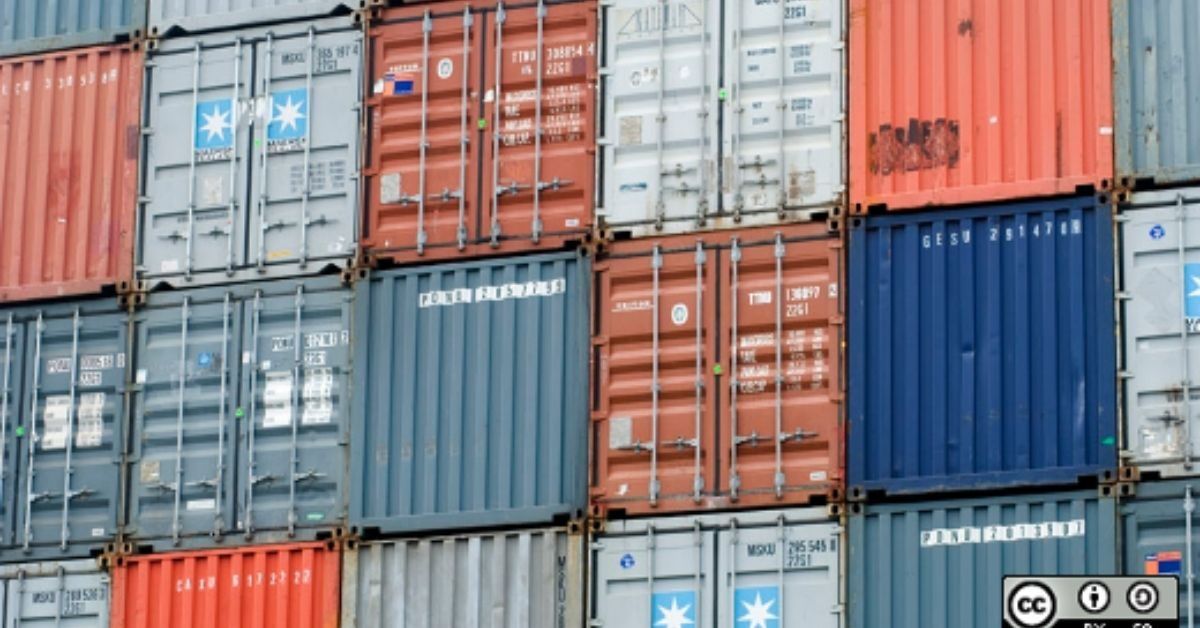Growth in South Asia, is already uneven and fragile, due to the impacts of the war in Ukraine and persistent economic challenges. However, South Asia is estimated to grow at 6.3 – 6.5% in fiscal year (FY) 2022 and 6.1- 6.3% in FY2023. Inflation in South Asia, caused by elevated global food and energy prices and trade restrictions that worsened food insecurity in the region, is expected to rise to 9.2% in 2022 before gradually subsiding. Weak exports and high inflation are hampering recovery in Bangladesh, while in Bhutan, agriculture and construction are projected to support economic growth. In India, growth is projected at 7.0% in FY2022 and 7.2% in FY2023, sustained by public reform and public and private investment. Maldives tourist arrivals and construction continue to pick up. In Nepal, the 2023 budget aims to improve agriculture, industry, and social protection. Economic contraction is expected in Sri Lanka with marked declines in industry and agriculture.

South Asia: Disconnected Region

Intra-regional trade in South Asia has remained below 10% of the global trade whereas inra-regional trade within other major regional trading arrangements have achieved very high share of their global trade. For example, South East Asia’s intra-regional trade makes up to 25%. For any company in India, it is it is about 20% cheeper to trade with Brazil instead of trading with a neighboring country Pakistan due land border issues. In South Asia, small countries like Nepal and Bhutan are mostly dependent on their neighbours for both imports and exports. Large economies like India and Pakistan are more dependent on countries outside the region.
South Asia Trade Limitations
- High Trade costs and Investment Restrictions
- Limited transport connectivity, logistics and regulatory impediments
- Policy decisions governed by politics rather than economics, Lack of trust initiatives
- Relative asymmetry in size among South Asian nations.

For more such insightful articles read our South Asia Container Market Report 2022 at the below link:







